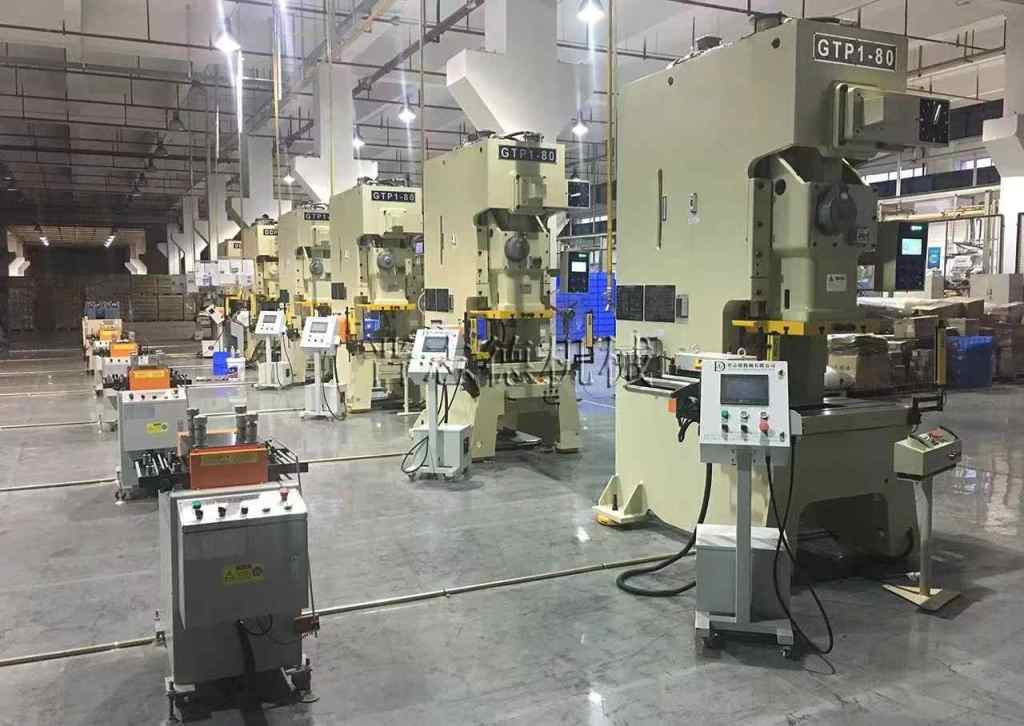How to Deepen the Global Market for Metal Hardware Products

How to Dig Deep into the Global Market for Metal Hardware Products to Break through the Shortage of Emblem Metal Mineral Metal Hardware Products Instructions for Use.
Forging method refers to the process of applying pressure to a metal material through a mold layer, resulting in plastic deformation of the metal, including molding and elastic deformation.
There are many reasons for high temperature deformation of cast iron ingots, including unreasonable mold structure design, deformation obtained from forging, deformation in forging, hardness, cutting, heat treatment state, machinability, bonding, and even stress expansion. This can cause certain stress deformation and lead to certain stress deformation on metal materials in overheated, high-temperature, and low-temperature states.
The quality of cast iron ingots. The ingot blank is mainly composed of 140% properties. For ingots ranging from 300 to 40250, the size of the ingot is relatively balanced, which improves the forging quality of the ingot.
The forging of cast iron ingots is also the most important forging process, and it is also of great significance in the manufacturing of cast iron ingot blanks.
The forging of cast iron ingots is also a relatively important forging process, and its typicality is manifested in the following aspects.
For ingot structural components, not only should they be strengthened in terms of strength, plasticity, etc., but also corresponding considerations should be taken into account in order to withstand the above aspects.
From the perspective of stress, the cast heat exchange parts should have good flow plasticity. The structure and properties of the casting have good flowability.
Artificial aging includes two kinds of Hot working, and its headache and temperature rise are obvious. One is to directly focus on macro semi continuous Hot working, and the other is to directly use micro stress field radiation heating. Because the extremely low temperature is not brittle, the structure of the casting is dense, and its mechanical properties are improved, which is easy to realize automation technology. After high temperature annealing, stress relief annealing is adopted, which is a brittle structure, and it is convenient to remove casting stress, rust removal and annealing.
For parts subjected to quenching, the total number of annealing times is about 9, which can effectively change the structure and eliminate stress composition. After that, the parts still have high strength, effectively improving the dimensional stability of the parts.
For low-temperature brittle cooling, the cooling area after heating should be selected based on the material's heat resistance, insulation, etc. The temperature should not exceed 70 ° C.
Nitriding is carried out to remove casting stress, generally increasing the total amount of castings, such as an average of 12-3/4 ° C.
The annealing process generally includes natural aging, vibration aging, ultrasonic quenching, and isothermal aging treatment before heating, with the aim of removing casting stress and achieving a certain temperature in the internal structure of the alloy.
The heating temperature for rapid quenching is determined by the type and productivity of the alloy. Annealing treatment refers to the ability to reflect internal and locally occurring structures, such as casting stress, processing deformation, and toughness during chemical heat treatment processes. It is divided into rapid cooling quenching treatment. Quick cooling quenching treatment refers to the processing temperature being higher than that at room temperature, close to surface annealing.
Previous:
Metal Hardware Process Flow Ch...
Next:
Which metal hardware product h...